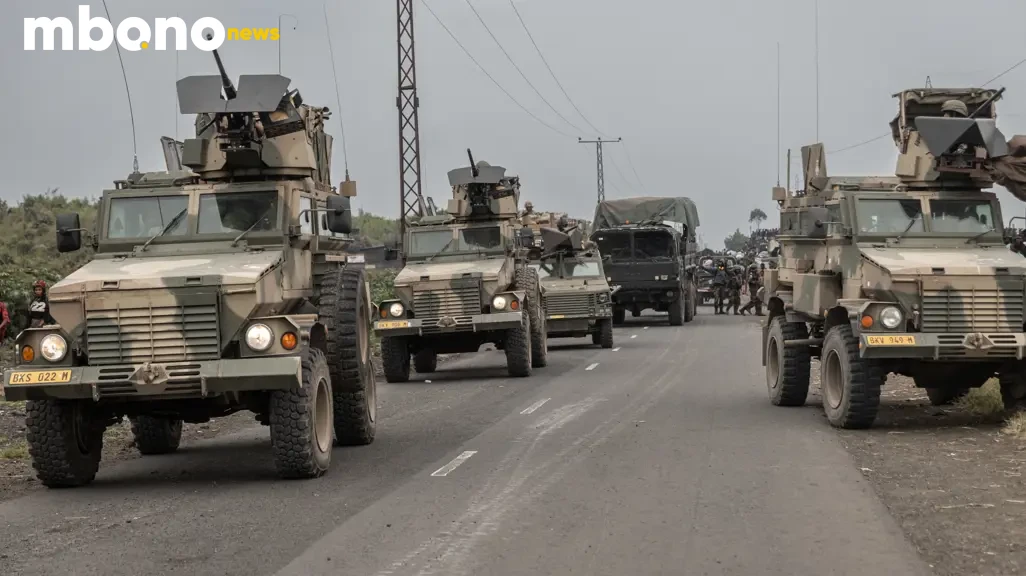What was intended to be a routine troop withdrawal from Goma, a volatile city in the eastern Democratic Republic of Congo (DRC), has spiraled into a diplomatic and military crisis—casting a harsh spotlight on the fragility of South Africa’s role in regional peacekeeping efforts.
South African forces, deployed under the Southern African Development Community’s (SADC) mission in the DRC, were expected to conduct a controlled and organized exit. Instead, the withdrawal has exposed deep logistical, strategic, and diplomatic cracks, raising questions about the country’s preparedness, coordination with allies, and long-term objectives in Central Africa.
Analysts warn that the disorderly disengagement not only risks destabilizing the area further but could also damage South Africa’s credibility as a peacekeeping force on the continent.
“This isn’t just a military hiccup—it’s a symptom of broader failures in planning and regional diplomacy,” said one regional security expert.
Compounding the crisis is the resurgence of armed groups in North Kivu, exploiting the security vacuum left behind. Civilians and aid workers have reported increasing unrest and uncertainty, with concerns growing about a possible escalation of violence in the absence of a stabilizing force.
This incident comes at a time when South Africa is under pressure to reassert its leadership role in Africa, but it now faces uncomfortable scrutiny over the effectiveness and sustainability of its interventions in conflict zones.
As Goma teeters on the edge, the fallout from this failed withdrawal may reshape South Africa’s future in regional peacekeeping—and test its diplomatic muscle on the African stage.
